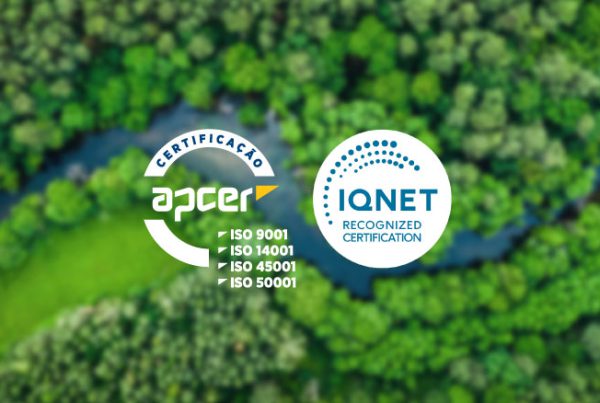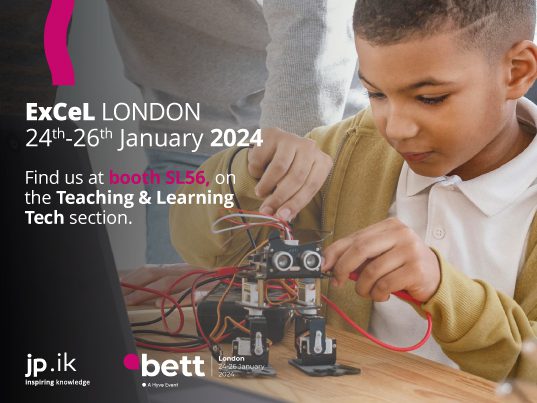Research has shown many of the technology-based teaching methods and resources engage students and build their skills, many educators have a challenging task when integrating technology in the classroom.
For instance, perhaps the platform is a bit hard to introduce. Nevertheless, the challenges you might face, you will likely appreciate the benefits that education technology brings to the classroom experience.
Focus on the reward of a more engaging learning experience for your students, even, if the track appears to be a little rocky in the beginning. In order to ease this journey, we will share five tips of how to bring effectively technology in the classroom.
1º Quiet a noisy classroom
Use a tool that tracks and displays classroom activity, assisting you to access your students’ devices. You can make sure they are not playing a game or browsing the web, when they should not. In addition, if needed you can block the internet access in all devices or only in a few of them.
For example, ikES (inspiring Knowledge Education Software) assists teachers in creating engaging learning experiences, which allow students to develop the so-called 21st century skills. Through ikES, teachers can monitor and control the activities their students enrol with their devices.
2º Take advantage of videos for engaging mini-lessons
You can use videos as stand-alone overviews for some topics, which students can view and review as many times as needed, in order to consolidate their knowledge.
This easy way of integrating technology in the classroom adds a multimedia element to your lessons, resonating effectively with visual learners.
In fact, research has shown the use of animated videos can positively impact a child’s development in several competence areas including memory, creativity, critical thinking, and problem solving.
3º Co-ordinate Live Video
You do not have to limit yourself to pre-recorded videos, as a camera incorporated in the device can allow subject matter experts to share lessons. We may be talking about a teacher from another school or an expert, which through a simple technology, such as a camera in the device itself; you can bring an expert into your classroom, introducing your students to new ideas and experiences.
4º Integrate multimedia elements to presentations
Whereas slideshows presentations completely made up of text can disengage students, the ones that include multimedia elements can effectively grab their attention by varying content delivery.
When possible, include images, graphs, pictographs, podcast clips, sound effects, short video lessons, among others.
Most likely slideshow presentations are already a big part of your lessons, and adding distinct kinds of media can make them more engaging and appealing.
5º Share an Online Class Calendar
To keep students informed about content they are tackling, create and share a class calendar that details lessons and highlights important dates.
With ikES, you can share content and assign tasks to your students, helping them to be informed and helps you to stay organized.
Keeping your students in the loop will help them to be prepared for each class.
In fact, education technologies open the door for more ways to teach and engage students, but for that, it is vital you determine the best ways to use them.



